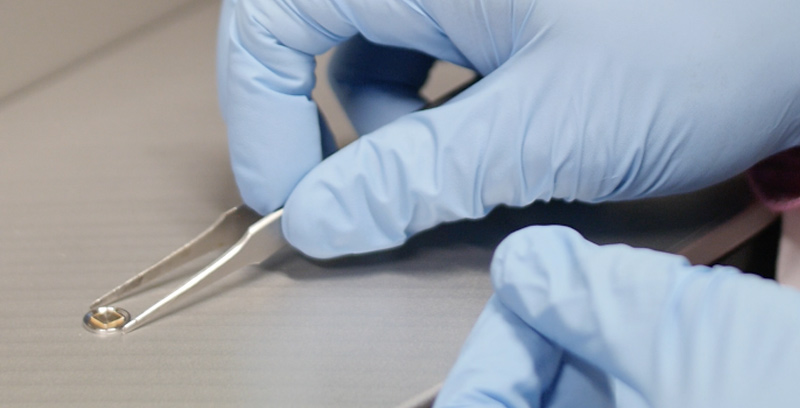Research Focus on Dr. Luiz Jacobsohn
Luminescence is present in our daily life, from electronic screens and lighting to medical imaging, to name a few applications. It affects our lives in many aspects, from energy conservation and health to security, science and technology. Luminescence can be generated in several ways, and particularly by ionizing radiation. Likewise, luminescent materials are used for the detection and measurement of ionizing radiation, e.g., scintillators and dosimeters. The performance of these materials is related, among other things, to the presence of electronic traps that correspond to localized energy levels within the band gap generated by defects like vacancies, interstitials, impurities, etc. In the case of scintillators, the presence of traps is highly detrimental while they are essential for the functioning of thermoluminescent dosimeters.
This project aims at creating the basis for the engineering of electronic traps in luminescent materials to guide discovery, create functionality, and enhance performance of dosimeters and scintillators. The broader impacts of this project include the development of resources and strategies to incorporate fundamental concepts of materials science and engineering into science classes in high schools in South Carolina, and the increase of awareness of materials science and engineering as a relevant and attractive professional path to high school and undergraduate students.
Dr. Luiz G. Jacobsohn is assistant professor with the Department of Materials Science and Engineering of Clemson University. Photo credit: Clemson University
Project Title: NSF CAREER: Towards Engineering Electronic Defects in Inorganic Luminescent Materials. Click here to read the NSF Project Abstract.
Click download PDF of Research Focus on Dr. Jacobsohn
January 12, 2018